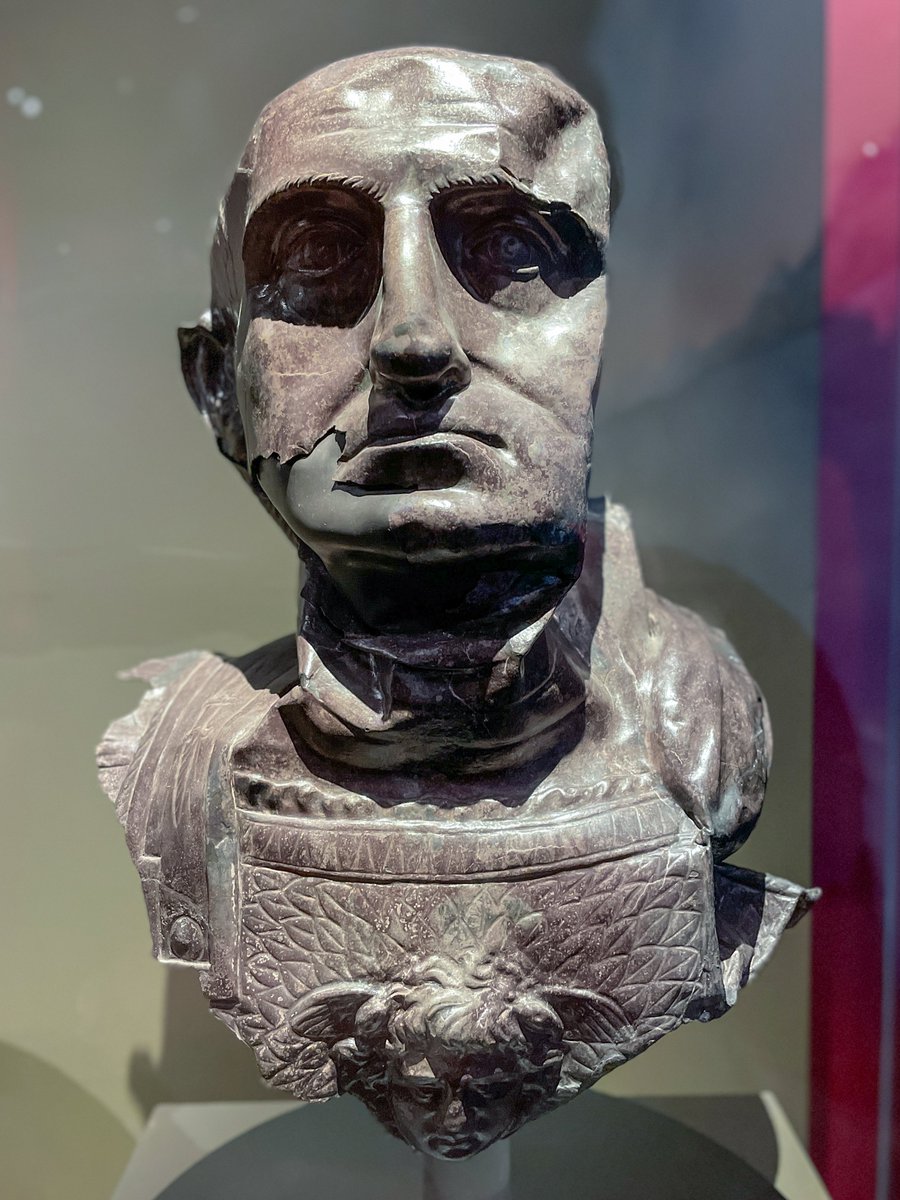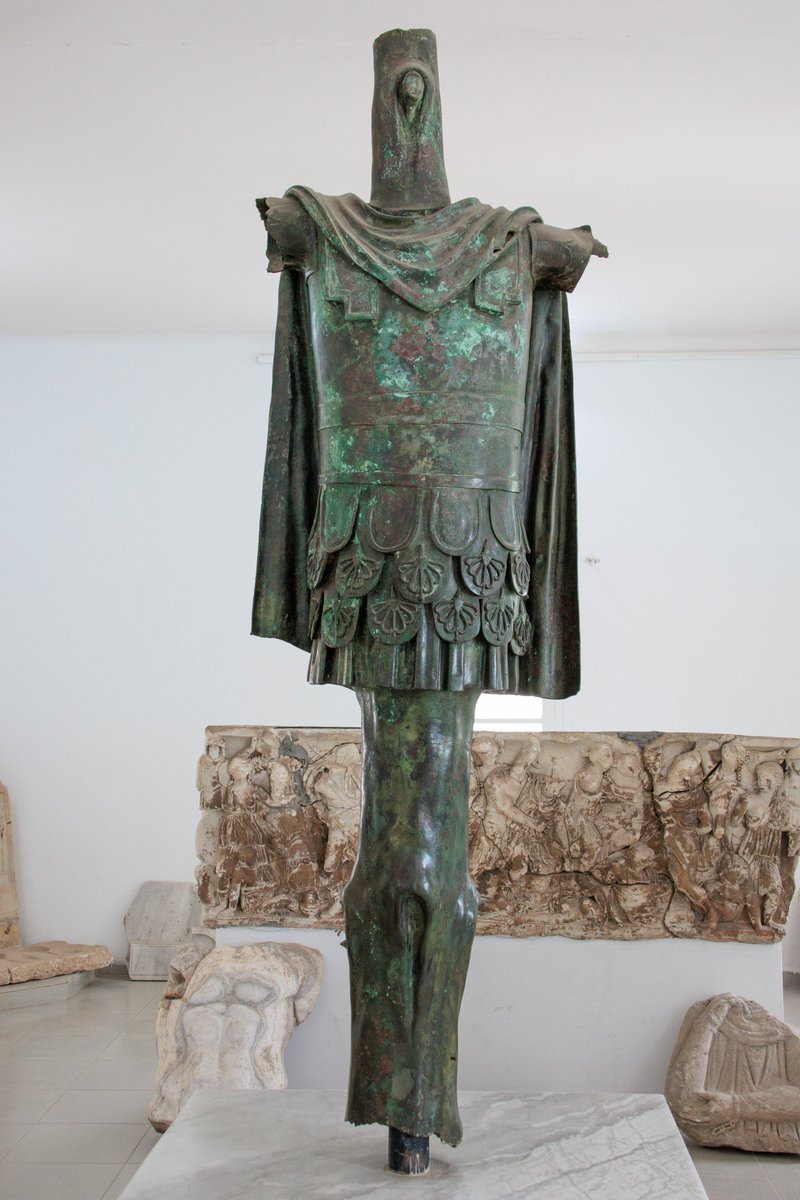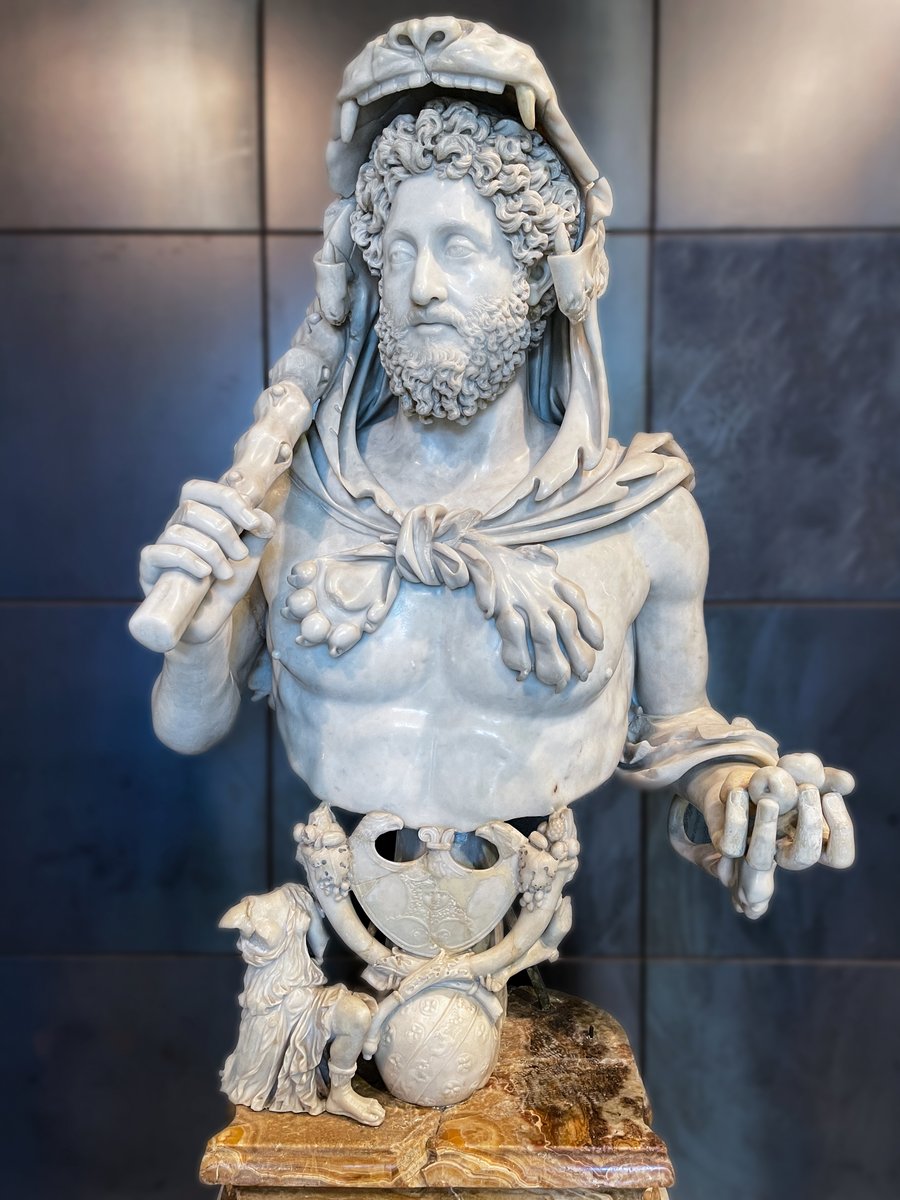1) When we think of a famous outlaw with a social conscience, stealing from the rich to give to the poor, a master of disguise outwitting those in power..the name that comes to mind is of course:
Bulla Felix
..The bandit hero who humiliated Rome around the years 205-207 AD..
Bulla Felix
..The bandit hero who humiliated Rome around the years 205-207 AD..

2) Even at the height of Rome's power, the roads and countryside of the empire were regularly beset by bandit militias ('latrones'), an annoyance usually tolerated by the state until it began to impact commerce and cause large-scale complaints from the aristocracy.. 

3) The bandit who gave Rome the biggest headache gained his notoriety in the early 200s AD, under the rule of Septimius Severus. Bulla was an educated and charismatic Italian native; a brigand with a code, Bulla targeted the richest Romans, happily relieving them of their gold. 

4) Bulla soon attracted a small army of 600 men to his rebel cause. Maintaining an intelligence network throughout Italy, he knew of every patrician setting out on the roads from Rome, every heavily laden boat putting into port - and how many riches he could plunder from them.. 

5) The emperor was soon forced to dispatch soldiers to swat this bothersome fly harassing Italia's most wealthy. But catching Bulla was like catching smoke, he was everywhere and nowhere, "he was never really seen when seen, never found when found, never caught when caught.." 

6) Notorious though he was, Bulla would not kill or harm those he apprehended, just taking their riches and quickly releasing them. If he detained a talented artisan he would make use of their skill in some way, before sending them on their way with a gift.. 

7) When two of his men were captured and were about to be thrown to wild beasts in the arena, Bulla disguised himself as the governor of the region and brazenly entered the prison demanding condemned men for some labours - quickly securing the release of his followers!.. 

8) With his repeated evasion of the Romans, Bulla was soon rechristened 'Bulla Felix' - roughly translating as 'lucky charm'. Taking the moniker 'Felix' was itself a subversive act, evoking famed Roman generals who had taken the name such as the dictator Sulla.. 

9) In another exploit, while in disguise Bulla approached the centurion leading a Roman force sent to capture him. He convinced the centurion he could take him to the robber, but instead guided the soldier into a wood and easily seized him. As if that wasn't humiliating enough... 

10) Soon afterwards, Bulla again disguised himself as a local magistrate and convened a mock tribunal for the gullible centurion. Watched by a large crowd, Bulla ordered the centurion's head be partially shaved in the manner of a slave. In a final rebellious flourish... 

11) Before disappearing again into the shadows, Bulla demanded that the centurion and assembled crowd carry a message back to their Roman masters: "Feed your slaves, so that they may not turn to brigandage."
When word of these outrages reached the emperor..
When word of these outrages reached the emperor..

12) Septimius Severus was understandably furious. He tasked the prefect of his praetorian guard and famed jurist, Papinianus, with not only capturing Bulla but bringing him in alive - or else face dire punishment himself. Papinianus set off on his last-ditch mission... 

13) In the end, Bulla Felix was caught through treachery - betrayed by an informant from his own ranks. The Romans surrounded Bulla in his cave hideout and he was brought before Papinianus. "Why did you become a bandit?" the prefect asked him. Bulla Felix retorted... 

14) "Why did you become a Roman prefect?"
Bulla Felix was quickly condemned to death by wild beasts in the arena. Though he had rescued his followers from the same fate, no one came to rescue Bulla - as he had been the source of strength of all his 600 men.
Bulla Felix was quickly condemned to death by wild beasts in the arena. Though he had rescued his followers from the same fate, no one came to rescue Bulla - as he had been the source of strength of all his 600 men.

15) Cassius Dio tells the remarkable story of the noble rebel Bulla Felix in his 'Roman History' (77.10). While some see 'Bulla Felix' as a composite 'bandit' archetype, or even pure historical fiction by Dio - the story does recount events from Dio's own lifetime including.. 

16) ..real figures like the prefect Papinianus, a close colleague of Ulpian. Whether Bulla 'lucky charm' Felix is truly historical, exaggerated or a satirical folk hero created by Dio, we can't know for sure - but the Roman outlaw's adventures certainly make a great story! {END} 

• • •
Missing some Tweet in this thread? You can try to
force a refresh






















